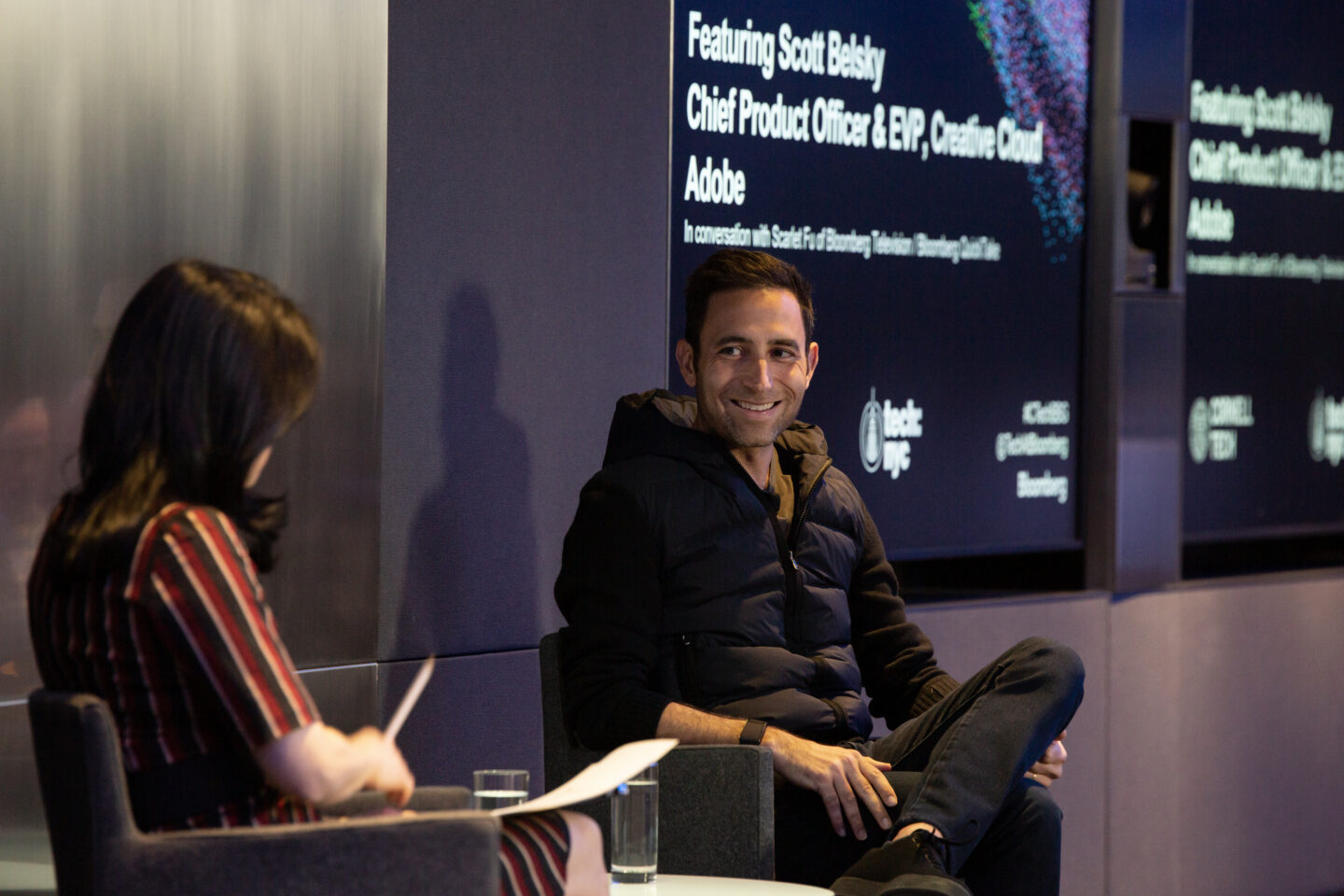Author: Jess Campitiello
February 28, 2023
Section 230 Is a Load-Bearing Wall—Is It Coming Down?
February 28, 2023
The Supreme Court Actually Understands the Internet
February 28, 2023
Micro-Internships Give Women a Foot in the Tech Industry Door
February 28, 2023
New York City’s push to become a tech hub
February 16, 2023
Cornell Tech Welcomes Assistant Dean of External Affairs, Neil Giacobbi
February 20, 2023


